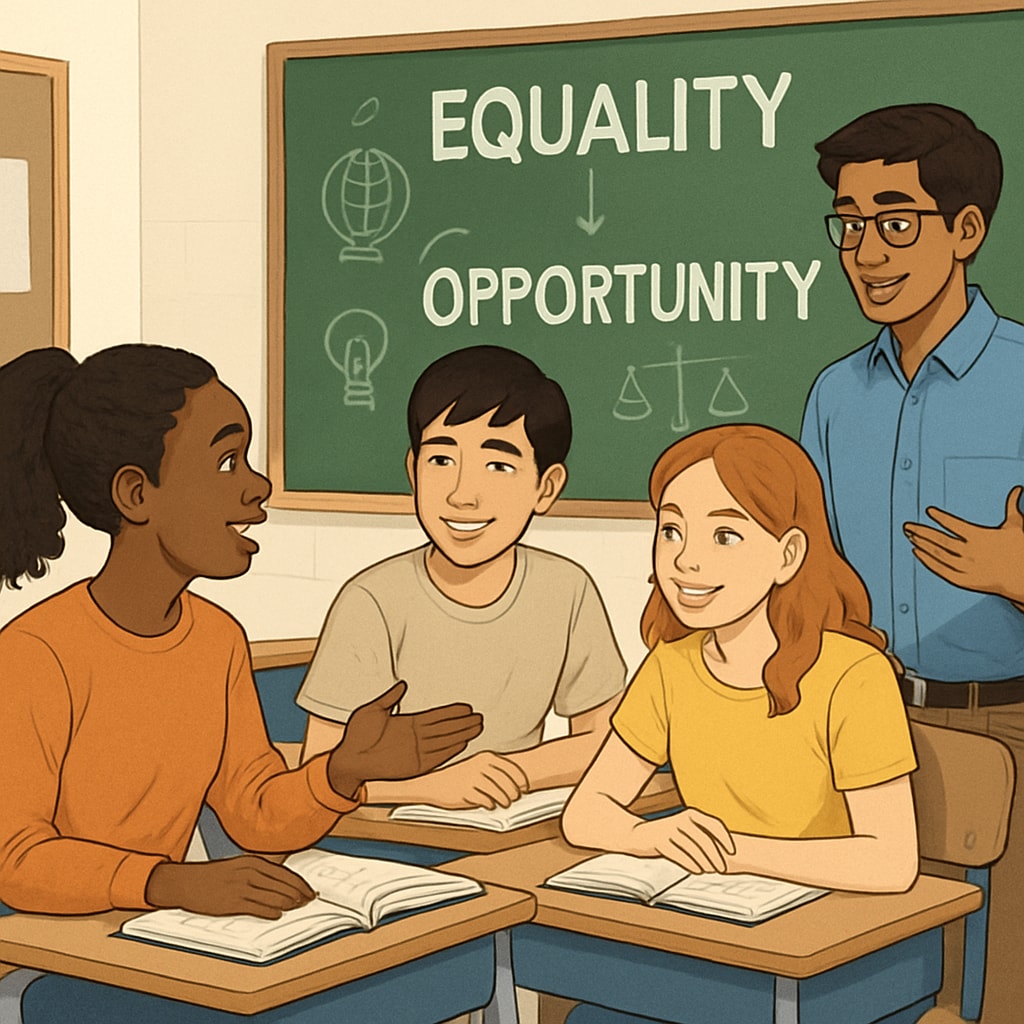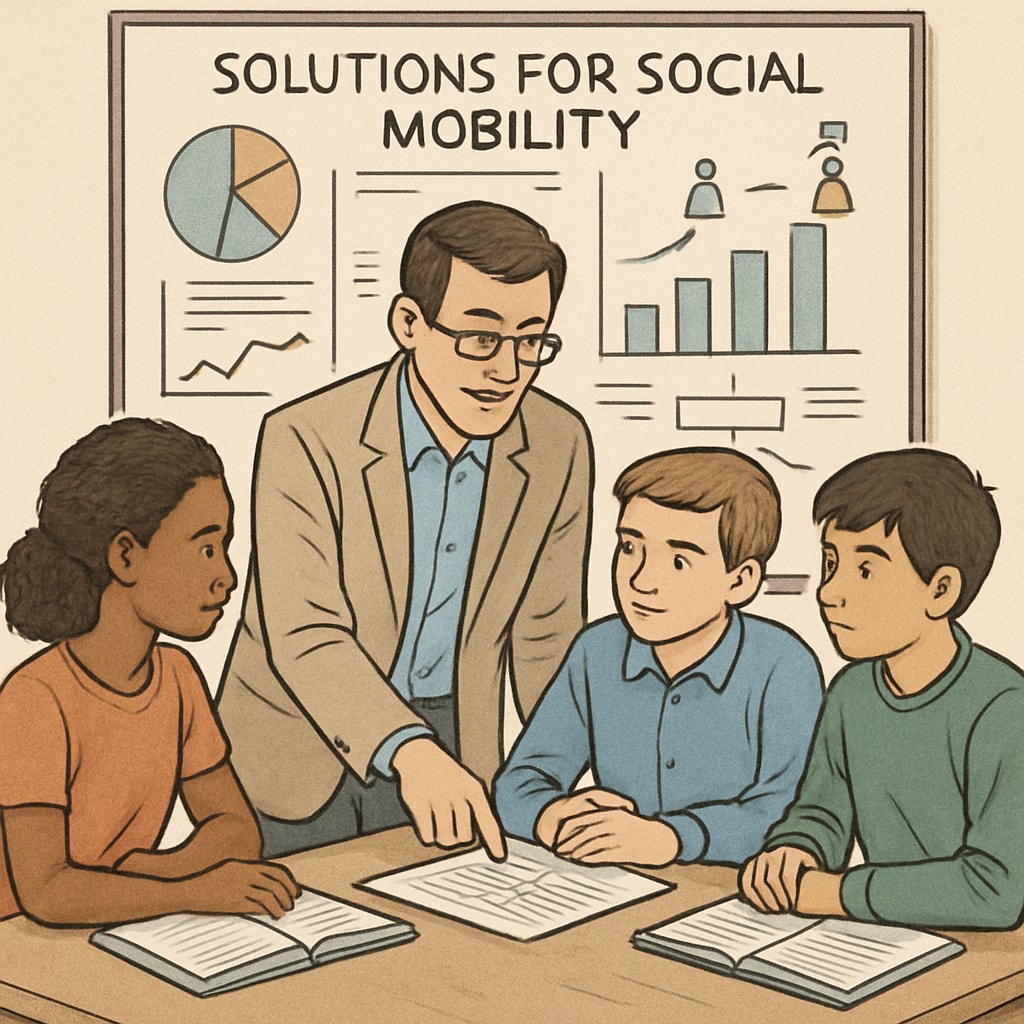The inclusion of “class stratification narratives, sociology education, and rigid perspectives” in K12 education raises concerns about their impact on young minds. By introducing such concepts without a critical and balanced approach, schools risk reinforcing societal divides rather than fostering understanding. This article delves into the dangers of such narratives, their implications for students’ worldview development, and what can be done to create a more hopeful and constructive educational environment.
The Problem with Class Stratification in Education
Education plays a fundamental role in shaping how students perceive themselves and the world. However, when the concept of class stratification—a hierarchical division of society based on economic, social, and cultural factors—is introduced without nuance, it can lead to unintended consequences. For example, students may internalize the idea that their socio-economic background predetermines their opportunities, limiting their aspirations and fostering a sense of fatalism.
Instead of promoting social mobility and critical thinking, rigid teaching of class structures can perpetuate stereotypes. Students from less privileged backgrounds may feel stigmatized, while those from wealthier families might develop a false sense of entitlement. This can harm classroom dynamics and ultimately undermine the goal of education as a tool for empowerment.

Why the Current Approach Falls Short
Many K12 curricula fail to present class stratification as a dynamic, evolving issue. Instead, they often depict it in static terms, portraying societal classes as immutable. This approach neglects the historical shifts and policy decisions that have influenced social mobility. For example, the implementation of universal education and labor rights movements significantly altered class structures over the past century.
Moreover, the lack of emphasis on solutions or pathways to change creates a lopsided narrative. Students learn about the challenges of class systems but are rarely taught how societies can address these issues through activism, economic reforms, or technological advancements. This incomplete picture stifles hope and innovation among young learners who may otherwise become agents for change.
To address these shortcomings, educators must integrate a more dynamic and solution-oriented perspective into sociology education. For instance, lessons could include real-world examples of individuals or groups who overcame structural barriers, as well as discussions on policies that promote equality.

Creating a Balanced Educational Framework
To mitigate the risks of rigid class stratification narratives, educators and parents need to work together to foster critical thinking and optimism. Here are several actionable steps:
- Introduce Multiple Perspectives: Teach students about class systems from various angles, including historical, economic, and cultural contexts. Highlight the fluidity of social structures over time.
- Focus on Solutions: Incorporate lessons on successful social mobility initiatives and discuss how policies can create more equitable opportunities.
- Encourage Critical Thinking: Rather than presenting class stratification as an unchangeable reality, challenge students to question and analyze the factors that sustain it.
- Promote Empathy and Collaboration: Use group activities that bring students from diverse backgrounds together to solve problems, fostering mutual understanding and respect.
By adopting these strategies, schools can transform sociology education into a platform for empowerment, preparing students to address societal challenges with innovation and compassion.
The Role of Parents and Communities
While schools are a critical arena for social education, parents and communities also play a vital role. Conversations at home about class and equality should emphasize hope and agency. For example, parents can share stories of individuals who defied the odds or discuss the importance of education and hard work.
Communities can also contribute by organizing workshops, mentorship programs, and community service projects that expose children to diverse perspectives. These experiences help students see the potential for change and understand their role in shaping a fairer society.
In conclusion: The narratives we introduce in K12 education about class stratification, sociology, and societal structures deeply influence children’s perspectives. By shifting the focus from rigid, deterministic views to dynamic, solution-driven discussions, we can nurture a generation of critical thinkers and hopeful innovators.
As a result, our collective responsibility is clear: educators, parents, and communities must work hand-in-hand to ensure that the lessons children learn today inspire them to build a more inclusive and equitable tomorrow.


